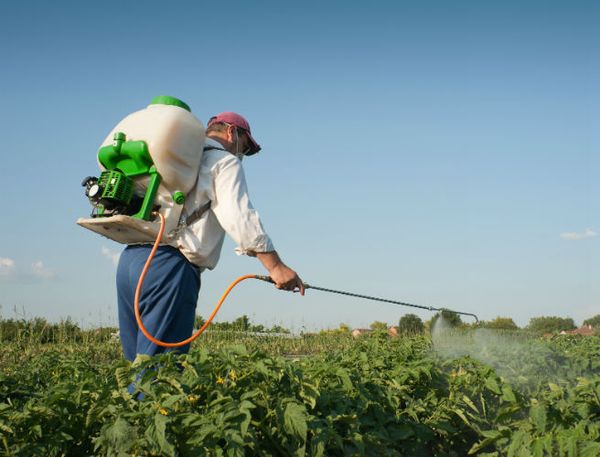Foliar nutrition has a significant impact on the quality of the future crop. It is necessary to figure out when and what to use bait for potatoes. About this and much more in the article.
Table of contents
Types of dressings for potatoes
The root crop can absorb substances not only if you put them in the hole in a dry form or through the root system and soil, but through the leaves too. It makes sense to study what types of dressings exist and how they are applied for potatoes, strawberries and other crops.
Leafy
It is a potato fertilizer through the bushes on the soil surface. Sheet top dressing should be carried out in the evenings or in the morning. If fertilized in the sun, the solution will evaporate, causing damage to the leaf tissue.
Well absorbs plant nitrogen and magnesium. The average absorption rate of sulfur. More slowly the process is carried out with fertilizer calcium, phosphorus. Although leaf top dressing is much faster than root.
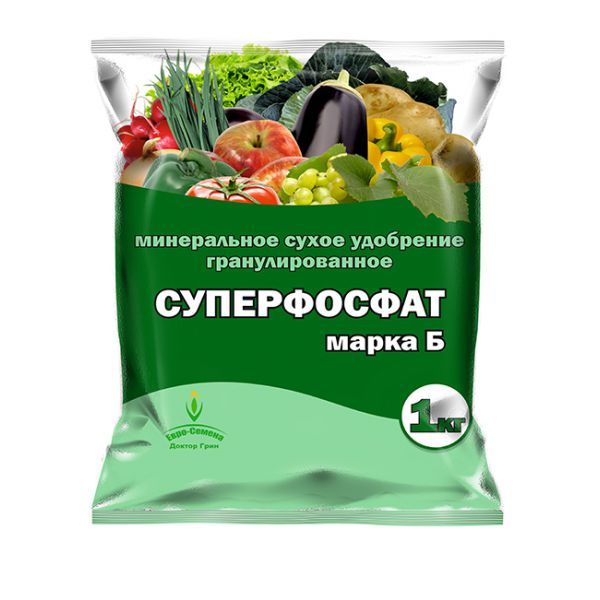
What to fertilize for a good harvest
Each useful element has its own function. If you increase the potassium and nitrogen, then tuber weight increases. If you add phosphorus, you canMagnify the number of root vegetables.
There is an organic and chemical dressing. Each is good in its own way. Organic is not harmful and you can not be afraid to fertilize with excess. With chemical fertilizers one should be more careful and apply according to the instructions indicated on the package in the preparation.
As applied by spraying
Spraying fertilizer is a very convenient way of foliar feeding, helps to reduce the processing time of potatoes. This method is especially relevant for urea fertilizer. To prepare the solution, you need to take 50g of karmabid and dilute it in 10 liters of water. Consumption - 3 liters per 100 sq.m.
Although it is much easier to use immediately ready fertilizer for spraying: Ideal, Surprise, Impulse Plus.
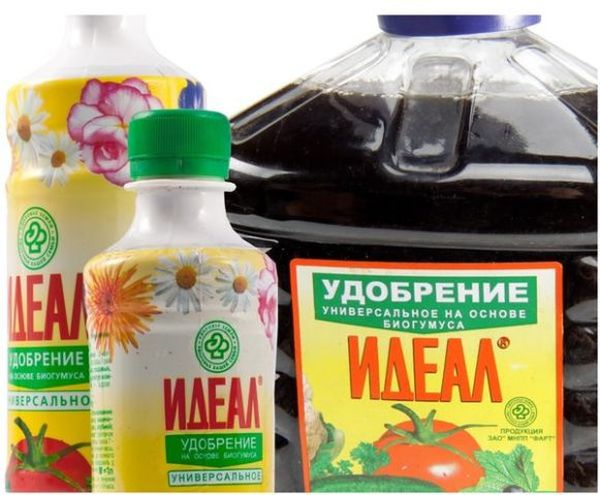
Foliar
Feed should be in different periods of growth plants. When flowering begins, half of the micronutrients are already digested and foliar feeding will be ineffective. The best time is before the formation of buds.
Types of foliar top dressing
Nutrients from top dressing are delivered through the leaves and the stem. On the surface of the bush sprayed solution. This type of feeding is needed for plant disease.
When cold weather and drought significantly reduces the metabolism of the plant, so to maintain the strength of the root, you need to spray fertilizer on the leaves.
Urea
Fertilizer Carbamide (urea) is considered one of the best nitrogen bait. Available in the form of white-gray granules, rarely in tablets.
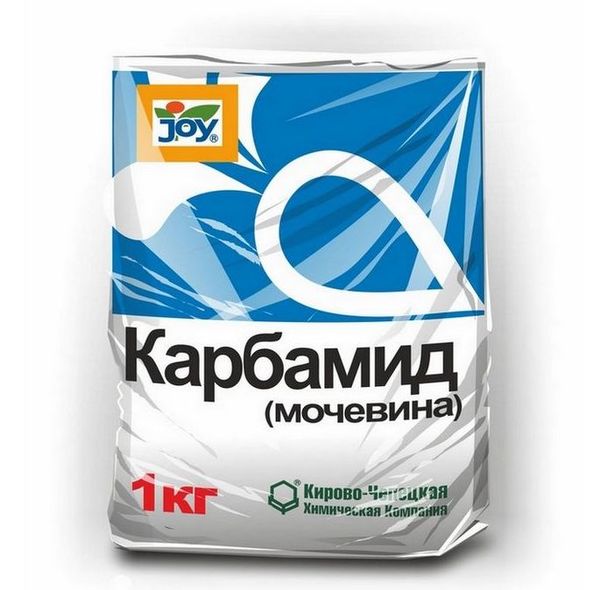
Urea beneficial effect on yields, increases the number and weight of root crops. Foliar application is carried out by the method of irrigation with a solution in the proportion of 3 liters per 100 sq. M.
Method of preparation: Dissolve 50 g of urea in 10 liters of water. Irrigation is 0.5-1% solution.
Phosphorus
From phosphate fertilizers for foliar feeding, water extract of superphosphate is suitable. Phosphorus promotes root development. Fertilizers are slightly soluble and are well retained by the soil.
The most popular phosphate fertilizers:
- Superphosphate. To prepare a solution of superphosphate, you need to take 300 g of the mixture and stir in 10 liters of water. To prepare a water extract, you need to take 3 tablespoons of superphosphate and pour half liter of boiling water. Let insist for a day. After stirring the mixture with 10l of water;
- Phosphate rock and bone flour. Bring in the period of autumn digging and after germination. 300 g of flour should be mixed with 10 liters of water.
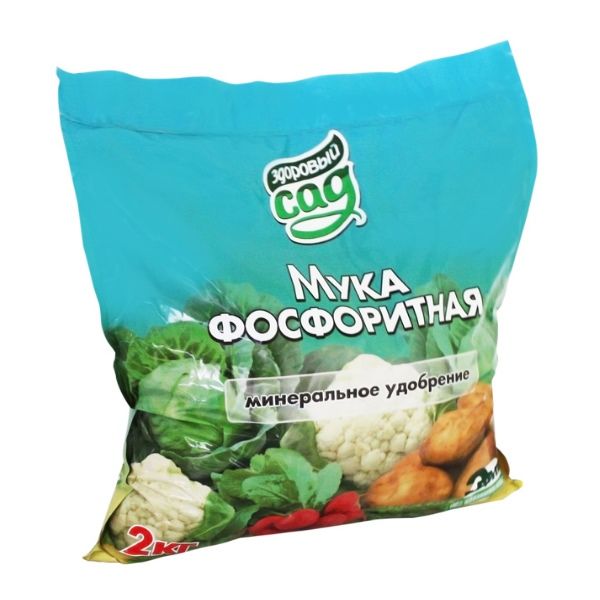
.
Humates
Humates are able to awaken the action of microorganisms responsible for the mineralization of organic substances. The benefits of humates are as follows: increases fruit growth, weight, increases the absorbing ability of a plant to accept trace elements.
HUMATE is available in the form of tablets, instant powders, in liquid form.
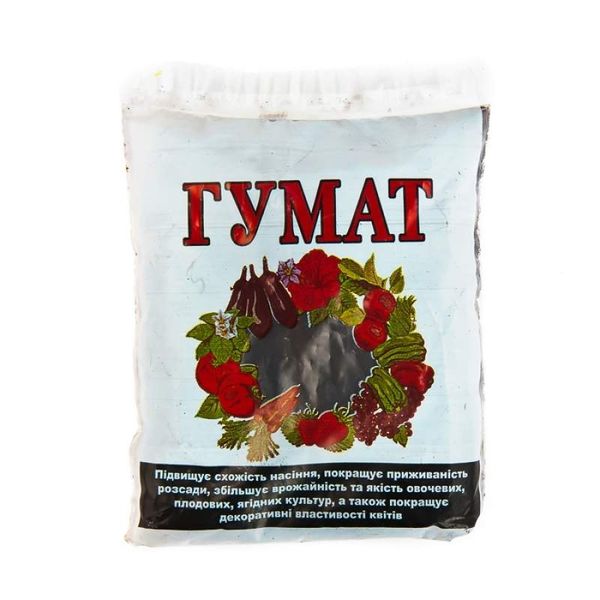
Method of preparation: Dissolve 10 g of humate in 10 l of water. Let insist for 15 hours. It is necessary to process bushes in a phase of emergence of shoots in the period of emergence of buds. Processing can be done a maximum of 2 times.
Nettle infusion
Make the tincture should be as follows: 10-liter container in two-thirds filled with nettle and pour water, leave to ferment for 14 days. The concentration is diluted with water 1:20.
Nettle can be mixed with other herbs: horsetail, wormwood, you can add ash, mullein. Fertilizer is applied after germination.
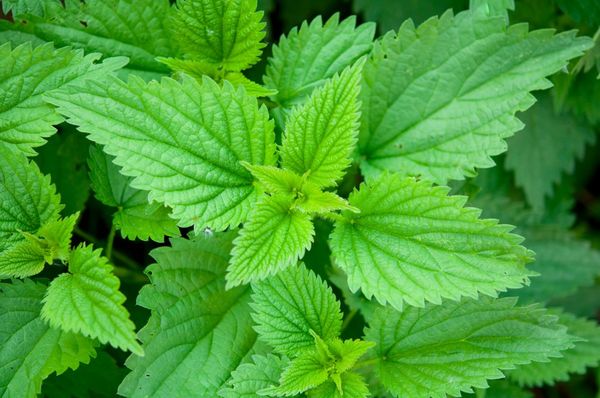
Chemical
Best recipe chemical complex feeding: mix carambid in a dosage of 200 g, boric acid 15g, potassium monophosphate 300g, potassium magnesia 40g, zinc sulfate 5g, manganese sulfate 5g, colbate chloride 1g, potassium iodide 1g, copper sulphate 5g, iron vitriol 1g, water 10l.
Organic
Organic is good because no toxic effect on the plant and you can cook it yourself.
There are the following options for organic foliar fertilizers:
- 0.5 kg of weeds inject 5 liters of water and let stand for 10 hours. Filter the solution, pour it into the apparatus for irrigating potatoes and feed the plant;
- a layer of peat and straw pour 5 liters of water and let it stand;
- process infusion of nettle.
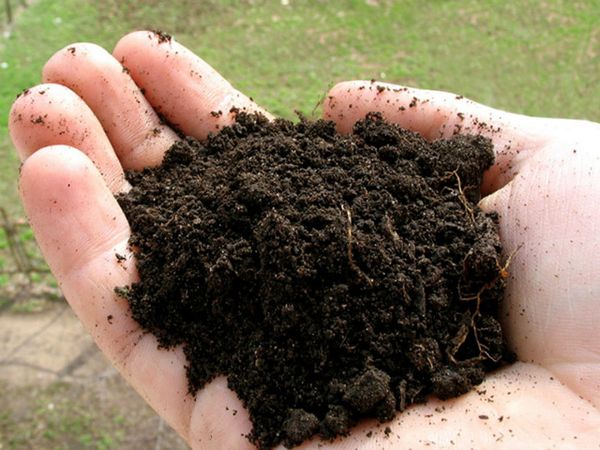
Dosage
The main element allows to improve the quality of the crop - nitrogen. Proper application of this element helps the fruit to grow, improves keeping quality. Just as important magnesium, boron and zinc. In the spring you need to make nitrogen and a small amount of phosphorus and potassium. Closer to the fall, on the contrary, nitrogen is minimum, and there is more phosphorus and potassium.
Any drug contains a large percentage of a specific trace element. It is necessary to understand when calculating which element your potato crop needs.
Effectively use the drug Nitrophoska or make a solution: 30 g of superphosphate, 30 g of urea, 60 g of potassium chloride. It is recommended to process the shrubs with urea: after flowering, then a month later and the last time 3 weeks before harvest.
Before applying the dressing read the instructions carefully.
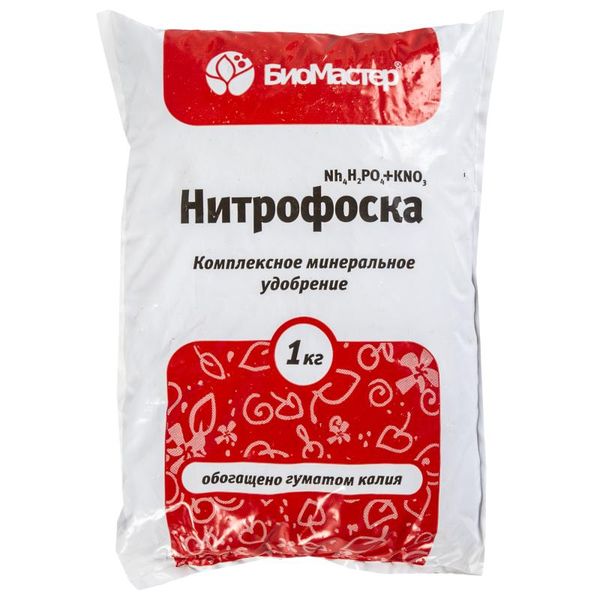
What foliar fertilizers feed potatoes
| When landing | — |
| After landing | Nitrophoska, superphosphate, urea, ash |
| Before hilling | — |
| After sprouting | Urea, carbamide, nitrophoska, nettle tincture, humates, bone meal |
| Before flowering | Ammonium nitrate, potassium chloride, superphosphate, copper sulfate |
| In the spring | Phosphorus, potassium, boron, zinc |
To potato growth is good, bushes need trace elements. The main ones are:
- Nitrogen. When the element is deficient, the leaves begin to lighten and acquire a light green tint, and the young shoots stop growing. Falling of the ovary may occur. Urea is used for top dressing;
- Phosphorus. When there is a shortage, the leaves of the potatoes stop growing, start to die off.The microelement is responsible for the development of the root system, increases the resistance of the plant to diseases;
- Potassium. It improves the resistance of potatoes to drought, disease, strengthens the root system and the stem.
- Manganese. Stimulates plant growth, ensures the movement of sugars in the plant.
- Boron. Improves plant resistance to drought, disease.
- Magnesium. The plant starts to grow faster.
- Iron. With a shortage of leaves begin to turn yellow.
- Copper. The leaves begin to curl and dry out with a lack of a trace element.
The most important thing is not to overdo it with fertilizers, otherwise the opposite effect will work. You have a rich harvest!
